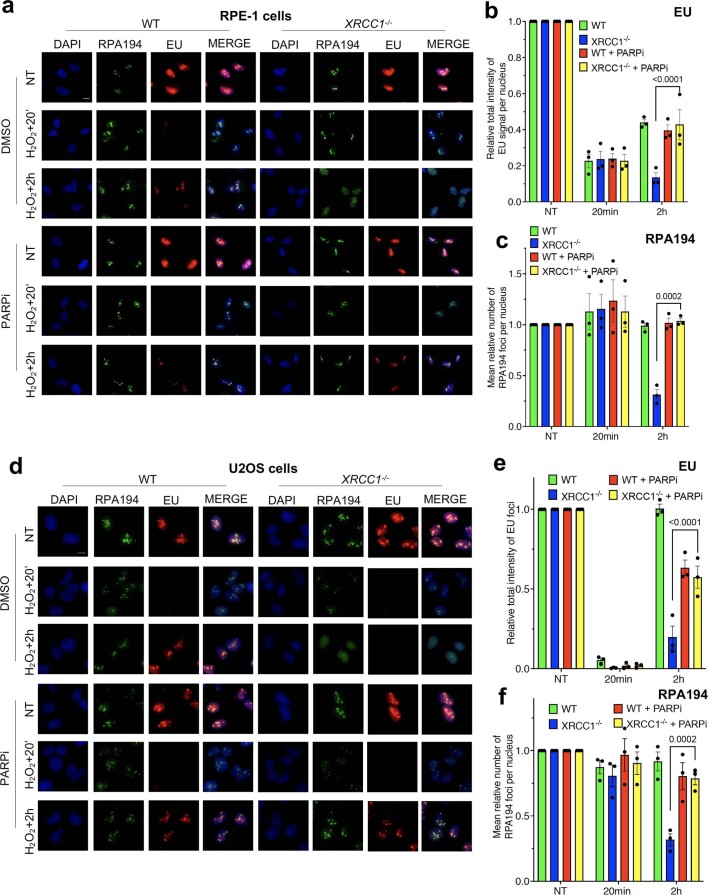Extended Data Fig. 3. Reduced transcriptional recovery in XRCC1-deficient cells is a result of toxic PARP1 activity.
a, Representative images of the RNAPI foci (RPA194 immunofluorescence) and levels of global transcription (EU immunofluorescence) in WT and XRCC1−/− RPE-1 cells pretreated with PARP1 inhibitor (PARPi) following mock treatment or at the indicated times after treatment with 250 μM H2O2 for 5 min. Scale bars, 10 μm. b and c, Quantification of the RNAPI foci (RPA194) and levels of global transcription (EU immunofluorescence) shown in (a). Data are means (±s.e.m.) of three independent experiments, and statistically significant differences were determined by two-way ANOVA with Tukey’s multiple comparisons test (p values are indicated). d, Representative images of the RNAPI foci (RPA194) and levels of global transcription (EU immunofluorescence) in WT and XRCC1−/− U2OS cells pretreated with PARP1 inhibitor (PARPi) following mock treatment or at the indicated times after treatment with 1 mM H2O2 for 20 min. Scale bars, 10 μm. e and f, Quantification of the RNAPI foci (RPA194) and levels of global transcription (EU immunofluorescence) shown in (d). Data are means (±s.e.m.) of three independent experiments, and statistically significant differences were determined by two-way ANOVA with Tukey’s multiple comparisons test (p values are indicated).

